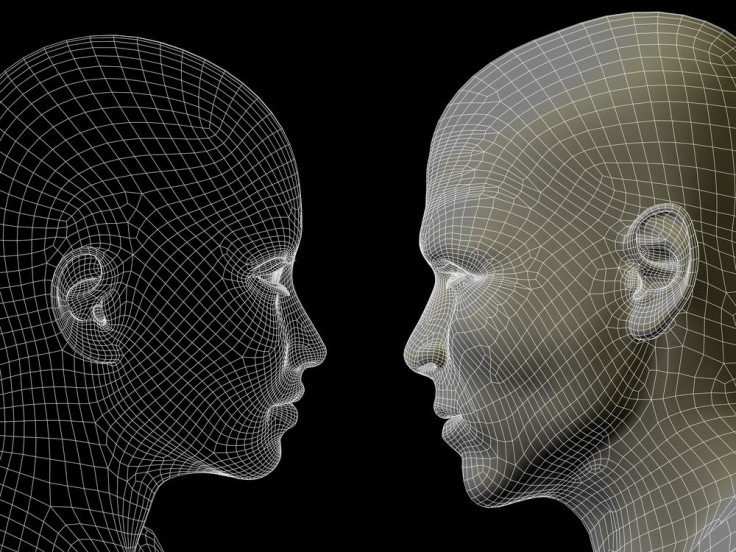How Old Are You? 3D Face Scan Reveals Biological Age Better Than A Blood Profile

You know the drill: We’re all unique individuals and just like snowflakes, no two of us are alike. While singularity is special, it also has its drawbacks, especially when it comes to aging. Turns out a simple 3D image scan of your face is more accurate than a blood test in determining your true or biological age.
“People of the same chronological age have different physiological ages that can differ on average by [plus or minus] six years,” wrote the authors of a new study. However, using a non-invasive scan of the face alone, they say, “the overall state of aging can be accurately assessed, much more accurately than routine physical examinations.”
Despite the best efforts of many a researcher, no reliable aging marker currently exists. Most of the time this is not an issue, yet medically it presents a problem. Since aging is a primary risk factor for quite a few diseases, any doctor who wishes to assess your individual risk of a given condition must guess at your biological age. Even worse, if you do happen to become sick, a doctor must design an effective treatment plan minus one very helpful piece of information: your physiological age.
A team of researchers — some associated with the Beijing Centers for Diseases Control and Prevention and others with the Chinese Academy of Sciences-Max Planck Partner Institute for Computational Biology — tasked themselves with finding an accurate age marker. Specifically, they wondered, Which would better predict a person’s true age: the face or the blood?
Skin Deep
To begin, they enlisted the help of 332 Chinese people ranging in age from 17 to age 77. After scanning their faces with 3DMD’s face imaging technology, the researchers took blood samples and worked up a full profile. Other tests were performed to assess each participant's health status. After a comprehensive analysis of each person, the research team generated a topographical map highlighting particular facial landmarks to show how the human face ages.
Though aging faces generally sag with each passing year, the researchers observed how the mouth lengthens and the nose becomes wider, while the corners of eyes begin to drop. Based on these observations, the researchers identified four measurements — mouth width, nose width, mouth-nose distance, and eye droop — that might be used to indicate physiological age for both sexes. Importantly, while a close relationship exists between facial features and health indicators in the blood, the researchers discovered the face trumps blood as the most reliable portrait of a person’s health status and so worked best as an age biomarker.
“This suggests not only that youth is ‘skin deep,’ but also that health is ‘written’ on the face,” wrote the authors. Though they vouch for their results in a Chinese population, they warn similar trends may not exist in other ethnic groups.
Source: Chen W, Qian W, Wu G, et al. Three-dimensional human facial morphologies as robust aging markers. Cell Research. 2015.



























